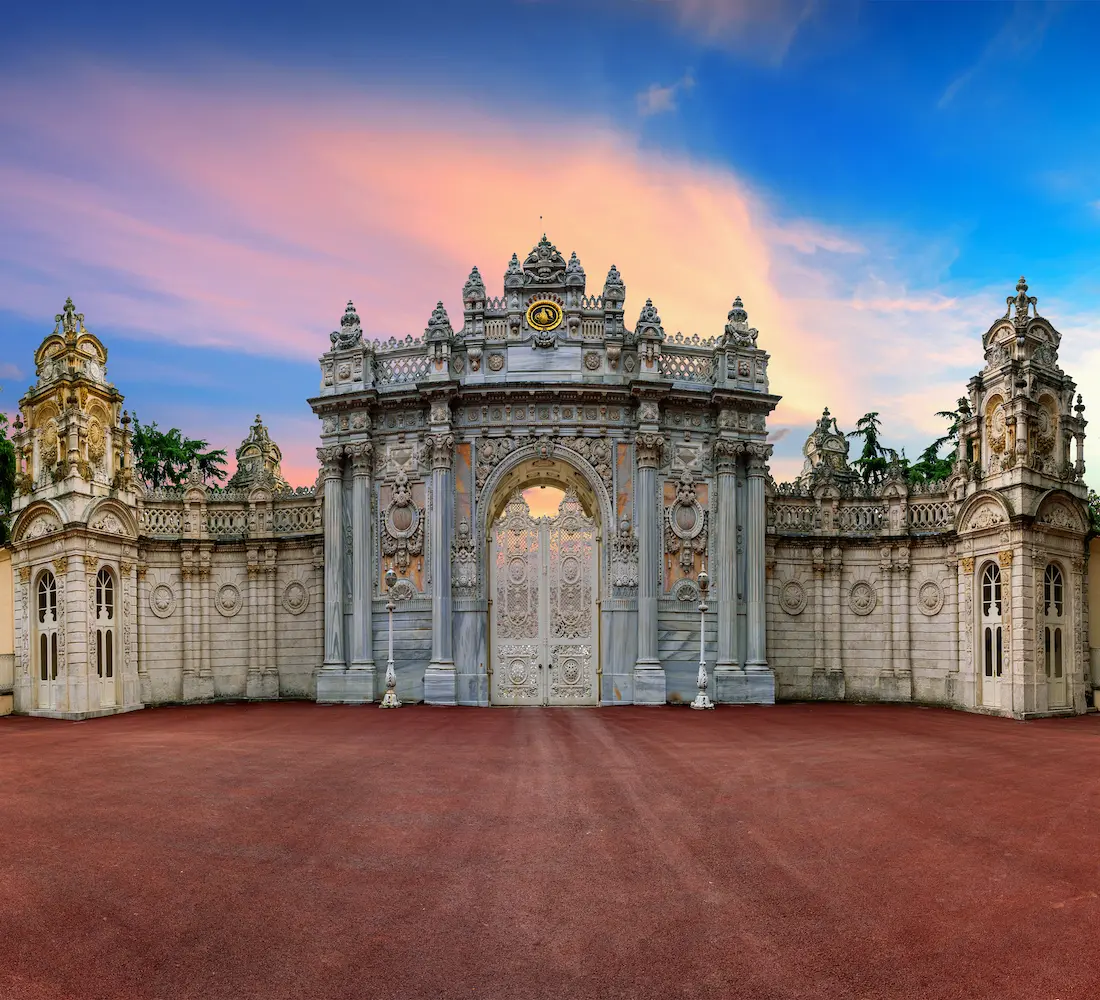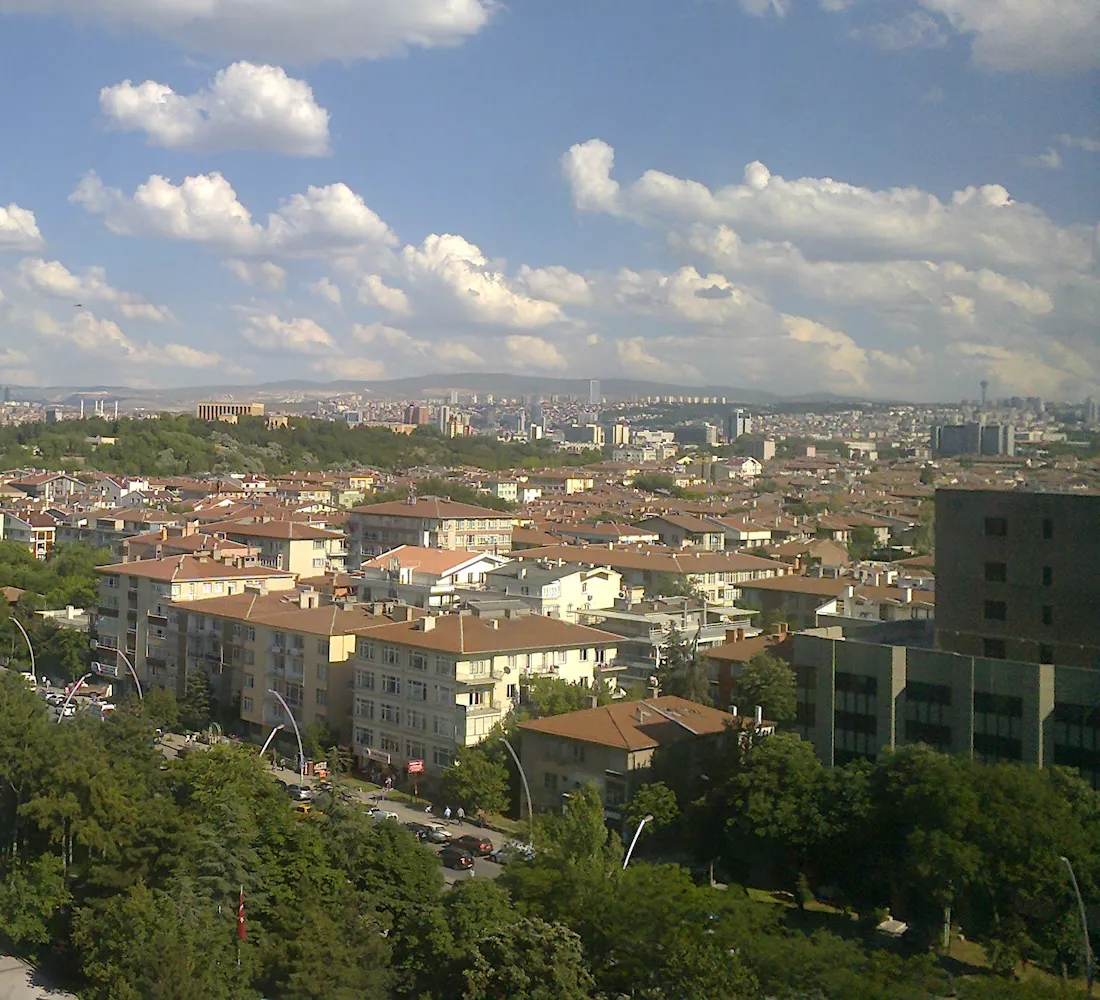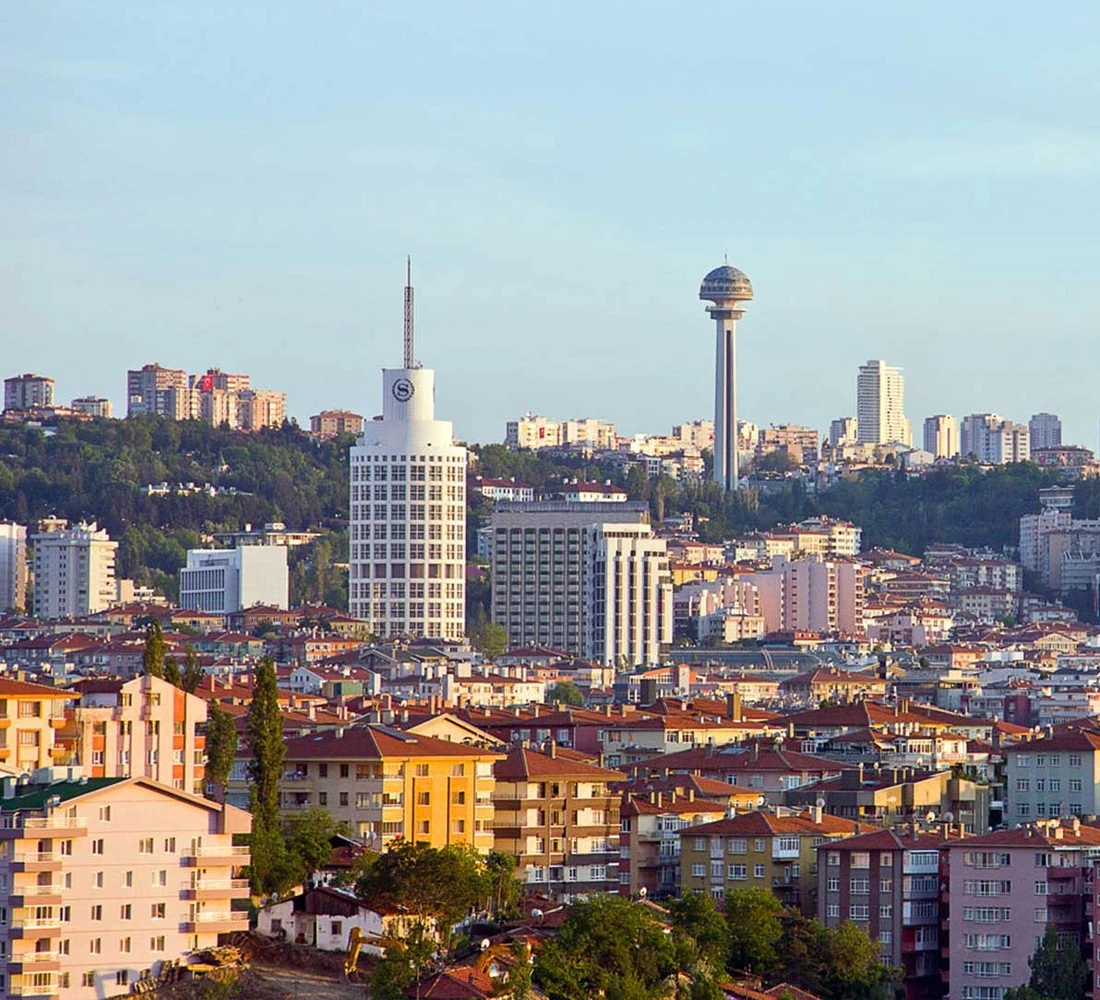Dolmabahçe Palace is a palace located in the Beşiktaş area of Istanbul, Turkey, on the European coast of the Bosphorus Strait. It served as the main administrative center of the Ottoman Empire from 1856 to 1922. The palace, the largest single-block palace in Turkey, was commissioned by Sultan Abdülmecid in 1843. The prominent Ottoman architect Garabet Balyan and his son Nigoğayos were ordered to build a European-style Ottoman palace. Construction began in 1843 and was completed in 1856. It was the first palace in the European style in Istanbul, known for its grandeur, gold, and crystal. The name "Dolmabahçe" means "filled garden," named so because the area where the palace was built was previously a small bay of the Bosphorus Strait, gradually filled to become a garden. The result was a two-story palace covering an area of 45,000 square meters, containing 285 rooms, 44 halls, 68 toilets, and 6 baths. The design is a blend of Baroque, Rococo, Neoclassical, and traditional Ottoman art. Fourteen tons of gold were used for the palace's decoration, including the largest collection of Bohemian and Baccarat chandeliers in the world, bringing the cost of constructing the palace to about five million Ottoman gold pieces, which is currently equivalent to 35 tons of gold.
The palace consists of four main sections: the Selamlık (men's quarters), the Muayede Salonu (ceremonial hall), the Harem, and the princes' apartments. In addition, there are numerous servant quarters, luxurious rooms, kitchens, a mosque, a school, baths, wings, and a theater. The exterior facade of the palace is adorned with white marble from the Marmara Island. The palace is currently an important tourist landmark in Istanbul, visited by many foreign tourists and residents in Turkey.






